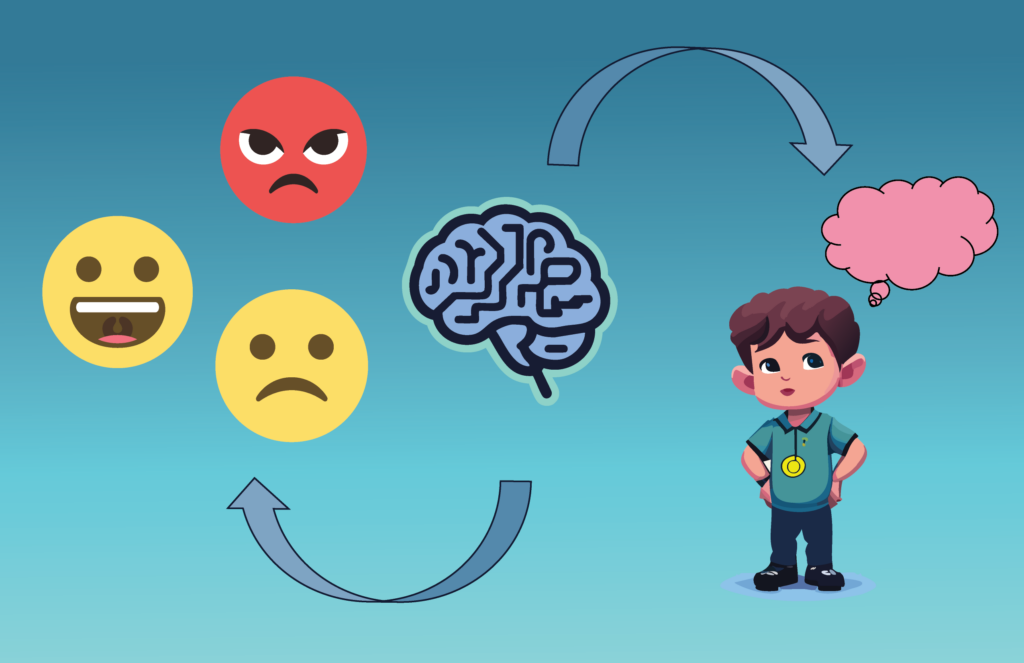Research
The overarching goal of the MC² Lab Research program is to understand how individuals encode, store, and retrieve information from memory in service to learning, decision-making, and everyday cognition. Our lines of research investigate the complex interactions between memory and various cognitive and socio-emotional processes that promote everyday learning and living. We use a methodologically integrated approach combining behavioral studies, computational modeling, and cognitive development to ask and answer our various research questions. Below we detail the theoretical questions that motivate our ongoing research projects and the implications for cognition that they each address.
If you would like to support and to get involved in the research we conduct, here at the MC² Lab, please fill out one of our interest forms here!
Check out our current studies!
Object Representations

People can remember thousands of objects and their features, but how are these objects represented in memory? Are objects and features stored in bounded representations? Or are they stored separately as unbounded representations? There is conflicting evidence as to whether we encode these objects and their features bound and stored together or if the objects and features are stored as separate representations and bound together at a later point such as during recall. One question we aim to investigate is whether these representations can be impacted by the nature of the memory task?
Memory and Emotion

The retrieval of information from episodic memory is influenced by its emotional significance. Past work on emotion and memory found that individuals show better memory for negative compared to neutral information. Yet, negative info can vary on several dimensions, which in turn, might engender differences in how varying negative info are stored in memory. Indeed, people demonstrate an attentional bias towards negative-threatening compared to negative non-threatening info. In several studies we plan to investigate whether this attentional bias feeds forward into memory such that threatening info is better remembered than negative non-threatening and neutral info. Additionally, we hope to investigate the role of social and emotional valence on relational binding and the ways in which certain affective states, such as loneliness, can influence memory accuracy for items and their associative pairs.
Children as Extraordinary Learners

Despite limitations in their cognitive capacity children are extraordinary learners. In a world that is rich with sensory information, how do children learn so much with so little? In other words, how do children (and adults) decide which information to attend to, encode, and store for later use? How is this information represented in the mind? And how might these representations guide future behaviors and learning outcomes? Currently, we are conducting two research projects. The first explores how bizarre object-color pairs are represented in memory long-term. The second explores whether children’s cognitive capacities, like working memory and inhibitory control, impact their ability to remember surprising information.